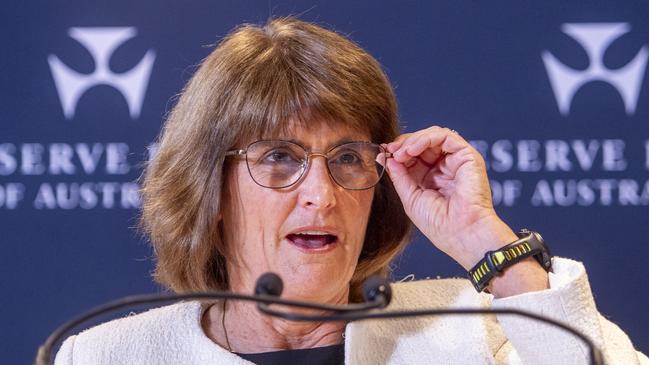RBA committed to cash, lower surcharges
The central bank has reinforced its commitment to lowering merchant card payment costs and ensuring that cash remains an affordable and viable means of payment for Australians.
The Reserve Bank has reinforced its commitment to lowering merchant card payment costs and ensuring that cash remains an affordable and viable means of payment for Australians.
In a speech on the future of the payments system at the AusPay Net Summit 2024, RBA assistant governor financial system, Brad Jones, says Australia’s payments system was “world-class”, but a concerted effort will be needed to keep it that way.
“Of course, the RBA has a key role here, and we remain committed to working constructively with industry in promoting the public interest,” he said on Thursday.
“But ultimately, how industry responds to these challenges and opportunities will determine whether it will be able to deliver the services that Australians will need and should expect in the future.”
Dr Jones said cash “remains an important means of payment for many folks in our community”, including “more vulnerable members of society”, and remains an important store of value, particularly during periods of economic uncertainty.
“And in serving as a backup means of payment when electronic payment methods are unavailable, including during system outages or natural disasters, cash helps to promote a more resilient payment system overall,” he added.
“For these reasons, the government and the RBA remain committed to supporting access to cash.”
But as cash use has declined, the cost of moving it around the country has increased.

A significant effort to put cash-in-transit services on a more solid financial footing is now underway across industry, but there is “still considerable work to be done to develop a sustainable long-term model for cash distribution”.
“The challenge now for industry is to deliver more efficient cash distribution services, while meeting the public interest in ensuring cash remains an affordable and viable means of payment for Australians,” he added.
The central bank hoped to conduct a broad review of retail payments regulation, including on issues arising from new types of players and technologies in digital payments, after its RBA’s Review of Retail Payments Regulation was launched in October.
But the proposed amendments to the Payment Systems Regulation Act that would bring relevant participants into the RBA’s regulatory remit currently remain before the Australian parliament.
“Given the limitations of our remit under the current PSRA and the significance of the issues, it is important that these reforms are passed as soon as possible,” he said.
For now, the RBA is focused on whether there are further actions it could take to put downward pressure on merchant card payment costs and whether the surcharging framework remains fit for purpose, as these issues are “inextricably linked.”
“Merchants are less likely to surcharge if their payment costs are low,” Dr Jones added.
“Given the shift towards electronic payments, card payment costs are an ongoing concern for merchants, as they are for consumers.
“Keeping downward pressure on merchant fees for card payments, particularly for smaller merchants that tend to be charged higher fees, will keep consumer costs down, and so is an important priority for the RBA.”
Declining cash usage, increased prevalence of surcharging and changes in the way merchants are charged for card payments have led to “reasonable concerns about the current framework.”
Fewer consumers are transacting with cash and therefore can’t avoid card surcharges at the point-of-sale. Many small merchants are on blended or single-rate payment plans that charge the same fee to merchants for accepting all types of cards – which dulls the price signal to consumers, and lead to users of cheaper card payments cross subsidise users of more expensive cards.
Consumers are sometimes unaware of the surcharge amount before paying and/or surcharged for amounts in excess of merchants’ cost of acceptance, Dr Jones added.






To join the conversation, please log in. Don't have an account? Register
Join the conversation, you are commenting as Logout